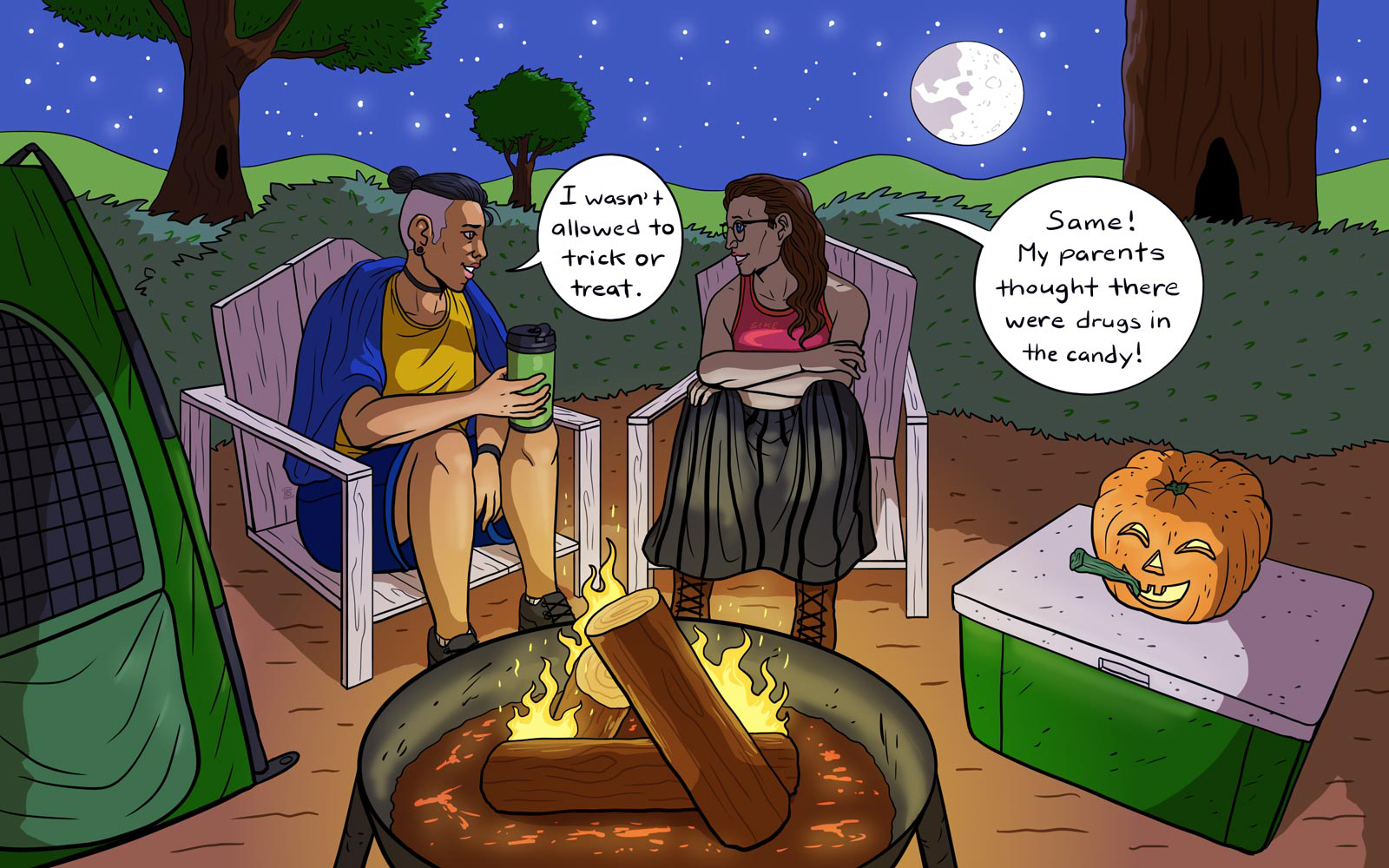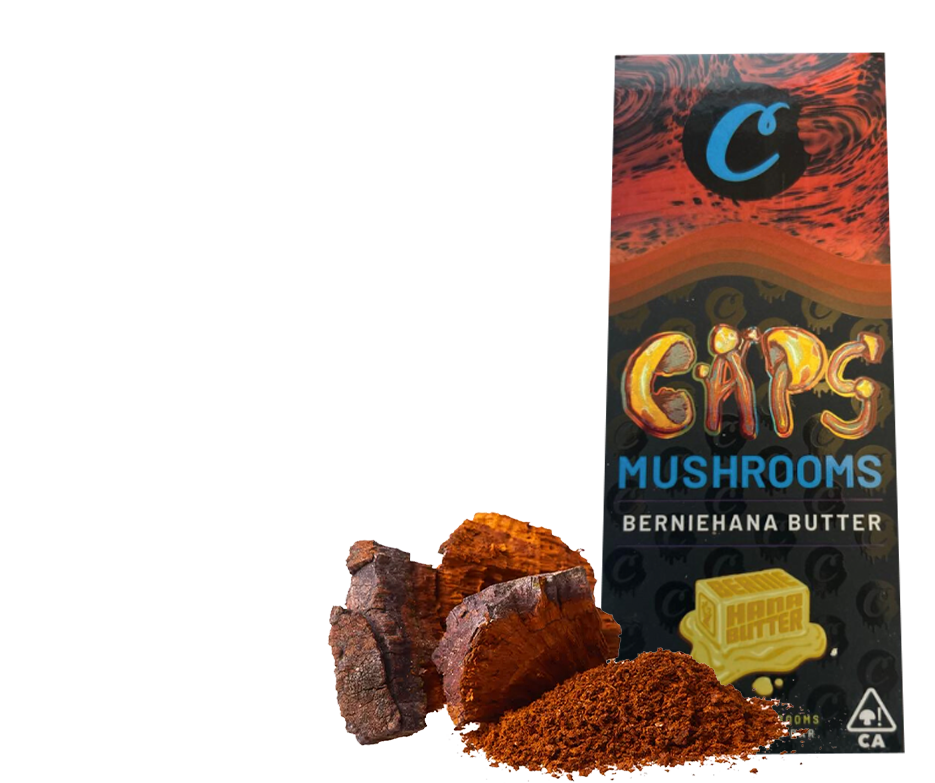As Halloween nears, even the most mundane, everyday items and situations can feel a little scary. And while it’s the perfect time for all sorts of lore and legend — one story we can definitely do without is the poisoned candy myth.
We’ve all heard those rumors that strangers give children candy with either poison, drugs and oddly enough, hidden razor blades. Luckily, after some investigation, it turns out to be just that: a rumor.
So where does this myth come from? And why has it stuck around for so long? Well, let’s find out.
The Myth
No trick or treater is safe on Halloween with the potential of sadists handing out candy that’s been tainted with hallucinogens, laced with poison or filled with razor blades.
Chilling Candy Poisonings Turned Real-Life Halloween Horror Murders
Like all myths and urban legends, it’s difficult to pinpoint where it originated, but there are two real-life incidents that could have been attributed to it.
The Candy Man
The first is the 1974 murder of eight-year-old Timothy O’Bryan, who was killed by his father, Ronald Clark O’Bryan in Deerpark, Texas. After a night of trick-or-treating, Timothy took a taste of a pixy stix and complained about it tasting bitter. The child died later that night, and investigators discovered enough cyanide in the pixy stix that had the potential to kill three grown adults.
Ronald had laced a few pixy sticks with cyanide, then gave them to his two children and a friend that had joined them. Fortunately, the other two children did not ingest their poisoned sticks. After Timothy’s death, Ronald fabricated a story about a stranger who poisoned the candy to cover his crime. The truth eventually came to light and Ronald was severely in debt. He then took $60,000 in life insurance for his children and planned on murdering both of them for money. To this day, Ronald is known as “The Candy Man” and “The Man Who Killed Halloween.”
The Tylenol Murders
The second spike in paranoia may have stemmed from the unsolved Chicago Tylenol Murders in 1982, which changed the way we consume medication. Between the months of September and October in1982, seven people died from taking Tylenol that had been laced with cyanide.
It was a high-profile case that eventually led to the introduction of childproof containers and hefty punishments for drug tampering, also sparking a wave of paranoia as warnings about adulterated Halloween treats increased.
The Social Psychedelic Causality that had Americans Rethink Trick-or-Treating
With these real-life candy poisoning stories, it’s easy to understand how we became wary or extra-careful about what children consumed on Halloween, but how did psychedelics get brought into the mix?
As this tampered candy myth ran rampant, it became a device to warn people of whatever was most feared at the time, and that sometimes included hallucinogens like THC or LSD. Once again, psychedelics had become an unwitting culprit due to their stigma and fear.
The Truth
In truth, authorities haven’t found any cases to substantiate this dangerous candy myth. And while it’s never a bad idea to check out the packaging of what you eat beforehand, we think what you should be most worried about is getting an old piece of leftover candy from last Halloween.















